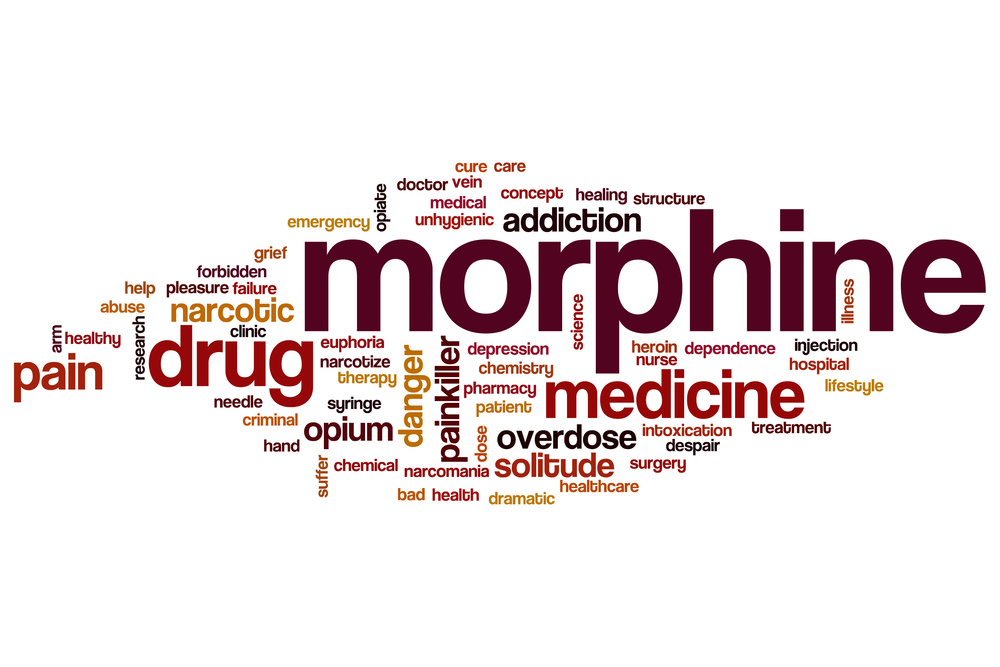This is a topic that can’t wait anymore. Math. I said it, please don’t stop reading, this may help you or someone you care about prevent a devastating medication error. While most medications errors do not impact patient health, there is a medication error I see happen that can: Errors involving concentrations of liquid dosage forms. Liquid oral morphine is the classic example of a drug that has numerous strengths and liquid concentrations. The two concentrations I see most often are the concentrated morphine at 20mg/ml and also I will occasionally see 10mg/5ml. If these two concentrations get messed up, you are looking at a 10-fold error. Take 2.5 mls of the 10mg/5ml dose, and you get a 5 mg dose. If the concentrated morphine was (in error) dispensed, administered, or written for, you are looking at a 50 mg dose! If you get easily confused with these conversions, you must ask for help to double check your work. Please remember to look and think about the concentration of a liquid you are using as I’ve seen this situation end badly before and don’t want to see it again.
For access to more great content, please subscribe at the right hand side of the page (or the bottom of the page for mobile users)!



Concentrations are difficult for patients too! My family’s discharge paperwork listed the mL to take in one concentration, but the script was filled in another. So she double dosed until my dad wondered why she was going to run out of her abx early. Then he had to make 2 half hour trips to the hospital pharmacy to get the new one. I tried to explain the difference to him and it was still hard to grasp.
Have a known sickler who was prescribed 10mls of oral morphine and was given 5mg /5mls of morphine and it has caused swelling of the face
I’ve seen one mortality with the same. A kid who had burns.